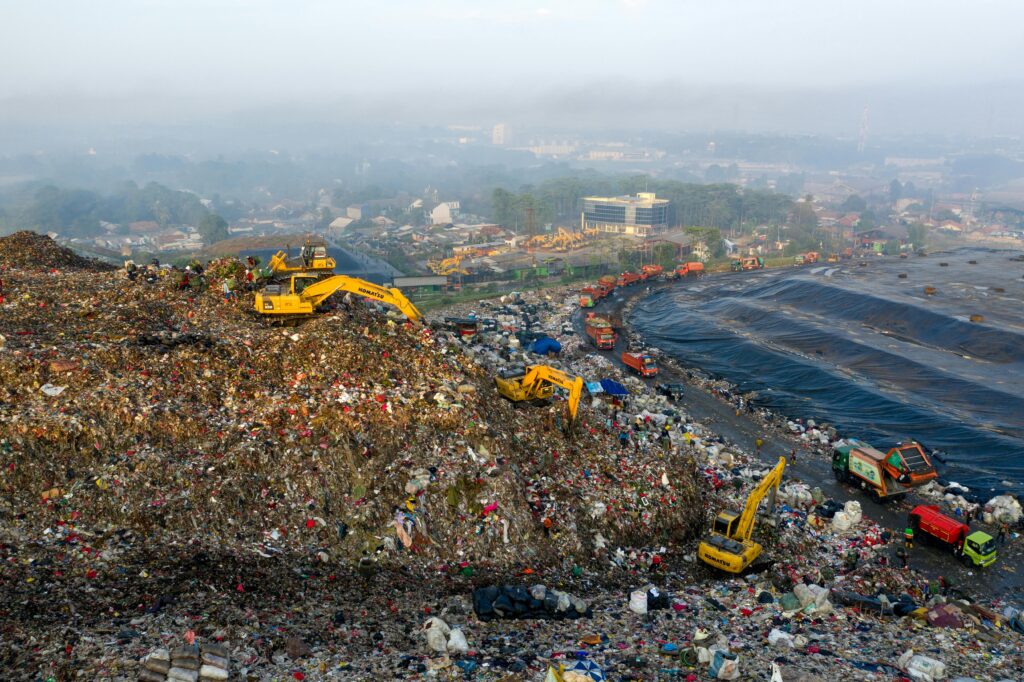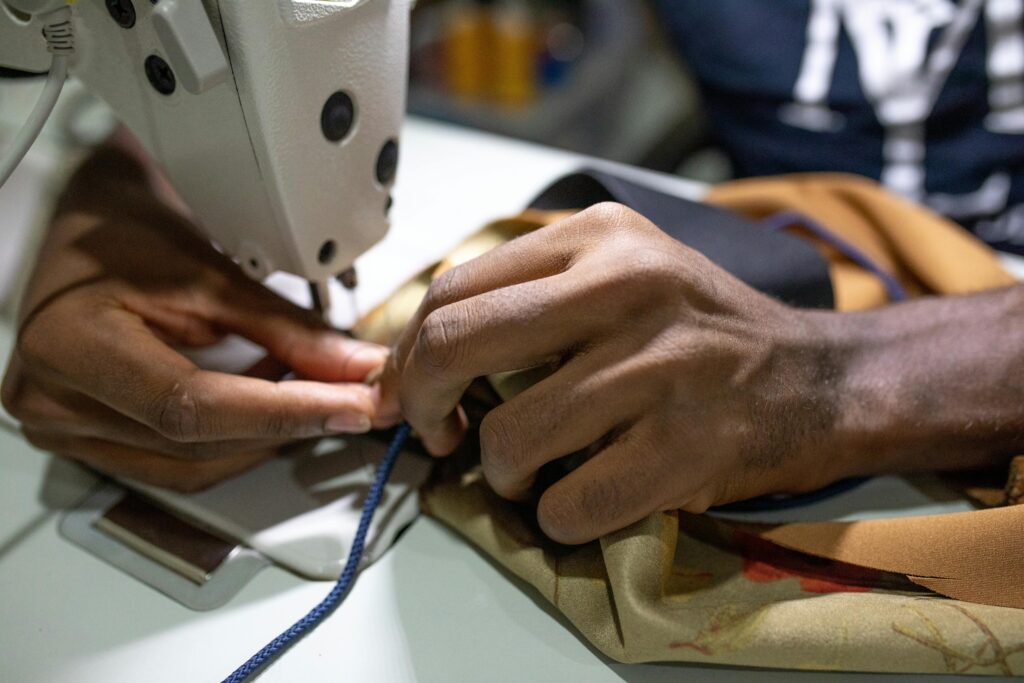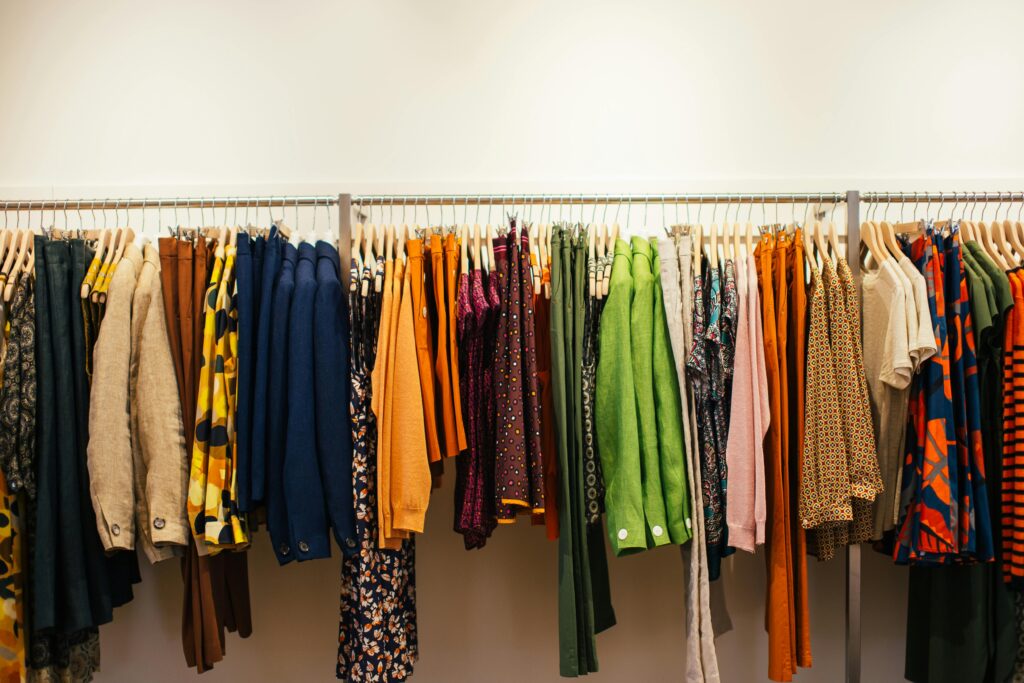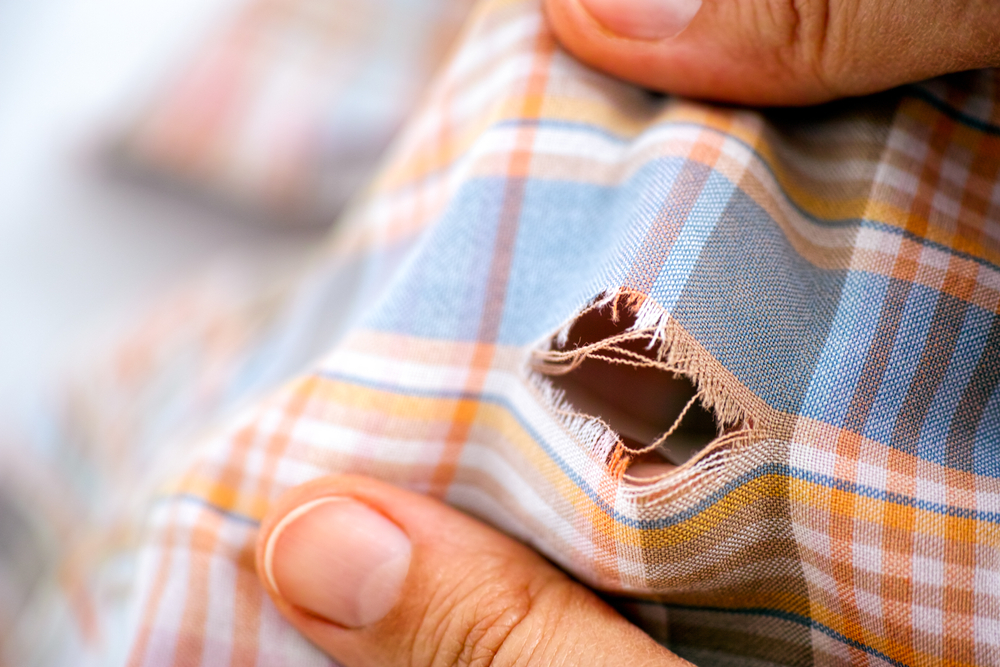Fast fashion was once celebrated for making trendy clothes affordable. Brands quickly copied runway looks, produced them cheaply, and got them into stores within weeks. This business model allowed people to refresh their wardrobes regularly without spending much. However, the very speed that made fast fashion popular is now revealing its biggest flaw. Clothing is being made so quickly and so cheaply that it is falling apart faster than ever. Consumers are starting to notice, and frustration is growing.
Cheaper Materials, Lower Durability

One major reason fast fashion items are deteriorating quickly is the quality of materials used. To keep costs low, many brands rely on synthetic fabrics like polyester, acrylic, and rayon. These materials are inexpensive to produce but they do not last. They pill, shrink, fade, and stretch after just a few wears or washes. Unlike cotton or wool, synthetics are not breathable and wear out quickly under stress. The result is a shirt or dress that looks great on the rack but loses its shape and color within weeks.
Mass Production Leaves Little Room for Quality Control

Fast fashion is all about volume. Factories are pressured to churn out thousands of garments per day. This rush leaves little time for quality control. Seams are poorly stitched, zippers break easily, and buttons fall off after one wear. If something breaks, most consumers throw it away instead of fixing it. The pace of production is so aggressive that mistakes are baked into the process. Even simple garments like T-shirts often contain uneven hems or crooked sleeves.
Consumers Are Catching On

Shoppers have started noticing the decline in quality. A decade ago, a $20 shirt might last a few seasons. Today, it might barely survive a month. Reviews on clothing websites are filled with complaints about clothing falling apart, shrinking, or unraveling. Many people say they are buying more often to replace items that simply do not hold up. Some consumers are now realizing that cheap does not mean affordable if they have to keep spending to replace broken items.
Read More: Fashion Over 50 – The 7 Essential Items That Simplify Our Wardrobe
Environmental Costs of Poorly Made Clothing

The short lifespan of fast fashion clothing creates enormous waste. Clothes that fall apart after a few washes often end up in landfills. Globally, millions of tons of textiles are thrown away every year. Many synthetic materials take decades or even centuries to decompose. Some are incinerated, releasing harmful chemicals into the air. Fast fashion brands continue producing more, knowing most items will not survive more than a few months. This cycle creates massive environmental strain with little regard for long-term consequences.
The Illusion of Affordability

At first glance, fast fashion looks like a bargain. Prices are low and new items arrive weekly. But if a shirt lasts three washes and needs to be replaced, it becomes more expensive over time. Many consumers are learning the hard way that buying fewer, higher-quality items is often cheaper in the long run. Investing in clothes that last for years saves money and reduces waste. The illusion of saving money through fast fashion is fading as clothes fall apart faster and faster.
Social Media and the Wear-Once Culture

Social media influencers have helped normalize the idea of wearing outfits just once. Platforms like TikTok and Instagram encourage rapid outfit changes and constant consumption. Some influencers show off massive clothing hauls, promoting the idea that more is better. The pressure to always have a new outfit feeds the fast fashion cycle. But this also means clothing is no longer expected to last. Many items are bought for one photo, worn once, and discarded. Durability is no longer a priority for brands chasing viral trends.
Clothing Fit and Shape Problems

Another major issue with fast fashion is fit. Because items are mass-produced quickly, sizing can be wildly inconsistent. One pair of jeans might fit perfectly while the next size up or down is completely wrong. Clothes may shrink or stretch out of shape after washing, making them unwearable. This inconsistency adds to the feeling that fast fashion is unreliable. Consumers cannot trust that a garment will maintain its shape, fit, or quality after even minimal use.
Invisible Costs Behind the Scenes

Fast fashion’s affordability comes at a hidden cost. Workers in low-income countries are often paid extremely low wages to meet the fast-paced demands of production. Factory conditions can be harsh, and hours are long. Corners are cut everywhere, including in how workers are treated. While consumers might save a few dollars, the human cost behind the scenes is enormous. Faster production speeds lead to worse conditions and even greater exploitation in the pursuit of cheap, disposable clothing.
The Shift Toward Slower Fashion

In response to these issues, many people are turning away from fast fashion. There is growing interest in sustainable brands, secondhand shopping, and capsule wardrobes. Consumers are looking for quality over quantity. Independent clothing brands that focus on craftsmanship and ethical production are gaining loyal followings. Some people are learning basic sewing skills to repair clothes or upcycle them into something new. This shift toward mindful consumption is gaining traction as people grow tired of clothes that fall apart after a week.
Resale and Rental Are Rising

With frustration growing over fast fashion quality, the resale and rental markets are expanding. Platforms for secondhand clothing are thriving. Renting clothes for special occasions is also becoming more popular. These alternatives reduce waste and allow people to access quality pieces without buying new ones every time. The shift to these options shows a change in mindset. People are becoming more aware of the value of durable clothing and are less interested in contributing to the wasteful fast fashion cycle.
What Consumers Can Do Differently

To break free from fast fashion’s disposable cycle, consumers can take small but powerful steps. Buying from ethical brands, choosing natural fabrics, and learning how to care for clothes properly can make a big difference. Washing less frequently, air drying, and avoiding harsh detergents can extend a garment’s life. Shopping secondhand or organizing clothing swaps with friends also helps reduce reliance on cheap, mass-produced fashion. Every action helps reduce demand for clothing that is designed to fall apart.
A Future Beyond Disposable Style

The fast fashion model is showing cracks. As more people wake up to the short lifespan of these clothes, the industry may be forced to change. Some companies are beginning to offer repair programs or introduce sustainable lines, though critics argue this is often a marketing tactic. True change will require a shift in how we view clothing. If quality, sustainability, and durability become priorities, fast fashion will need to evolve or be left behind. Consumers hold the power to demand better and choose clothes that last longer than a fleeting trend.
Conclusion

You are not imagining it. Fast fashion is falling apart faster than ever. Cheap materials, rushed production, and a culture of overconsumption have created a flood of clothing that cannot withstand daily life. But as awareness grows, so does the movement toward thoughtful fashion choices. By prioritizing quality over quantity and supporting sustainable practices, consumers can help shape a future where clothing is made to last, not just to sell.
Read More: 6 Reasons Luxury Fashion Brands Are Outrageously Expensive
Disclaimers: This article was created with AI assistance and edited by a human for accuracy and clarity.

